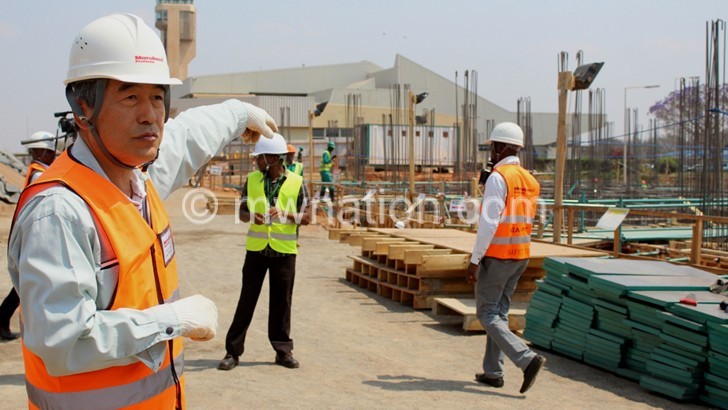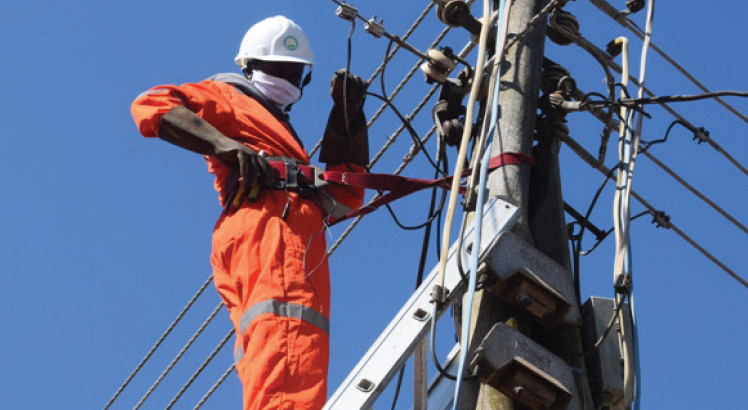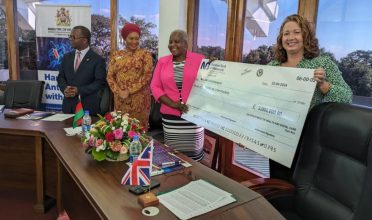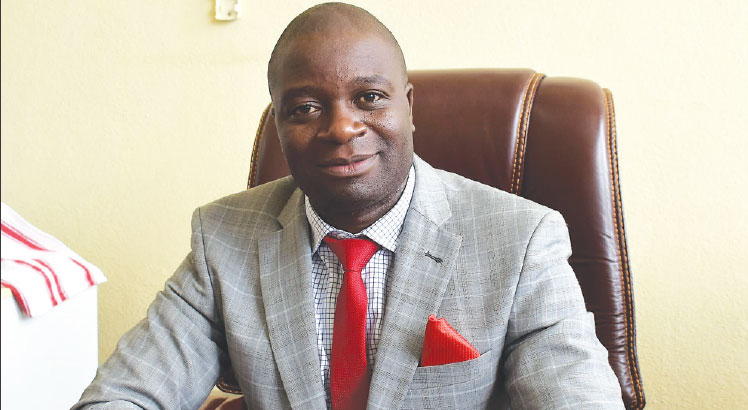From MGDS II to III
President Peter Mutharika is today set to launch the third Malawi Growth and Development Strategy (MGDS III), a successor development strategy to MGDS II, with an implementation period of 2017 to 2022.
MGDS III’s predecessor strategies, designed and aligned to the country’s long-term development aspirations as articulated in Vision 2020, were the Malawi Poverty Reduction Strategy Paper (MPRSP) and MGDS I and II.

Since 1962, Malawi has had 11 development plans whose key objective was to grow the country’s gross domestic product (GDP) at an average of six percent and tame inflation rate to six percent by 2016.
The 11 include Nyasaland Development Plan (1962-65), Malawi Development Plan (1965-1969), Statement of Development Policies (Devpol I, 1971-1980), Devpol II (1987-1996), Poverty Alleviation Programme/Policy Framework Papers (1995-2000), Vision 2020 (1998-2020), Malawi Poverty Reduction Strategy Paper (2002-2005), Malawi Economic Growth Strategy (2006-2011), Economic Recovery Plan (2012-2014) and MGDS II (2011-2016).
However, under MGDS II, actual growth was volatile and below target as well as below the growth in MGDS I. For example, in 2011, growth was projected at 6.9 percent while the actual growth on the ground was 4.3 percent and in 2012, growth was projected at 7.1 percent while the actual growth was 1.9 percent.
In 2013, growth was pegged at 7.4 percent while actual growth was 5.2 percent, in 2014, growth was projected at 7.3 percent while actual growth turned out to be 5.7 percent while in 2015, growth was projected at 7.4 percent and actual growth was 3 percent.
Under MGDS II, according to a review report, the fiscal balance was targeted to grow positively from 0.2 percent to 2.2 percent of GDP by 2015. In reality it deteriorated to negative 5.3 percent by 2014, budget deficit widened in absolute and relative terms while grants fell to under 5 percent of GDP.
University of Malawi Chancellor College associate professor of economics Winford Masanjala is on record as having faulted Malawi’s development planning which he said is foiled by change in government and lack of clear agenda and priorities.
He said: “We have been talking of national development planning from 1962, but why is it that we remain the poorest country in the world? Our development policies made an argument to grow at the rate of six percent annually but if we look at the performance, we find that we find that we have not been able to achieve that, now we are talking of 2.6 percent GDP growth for 2016.”





